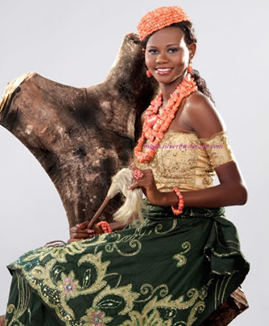Product Description
African Tribal Nupe stool Nigeria, early to mid 20th Century


NUPE TRIBE, Nigeria
Nupe stool, Nigeria early to mid 20th Century
Hand carved and decorated wood with a rich developed brown black patina.
This finely hand carved African stool was created by the Nupe tribe of Nigeria. The stool is carved from one piece of wood with intricate refined geometric patterns carved into the top and has seven tapered legs.
H: 12 1/2″ x Dia: 16″
African Tribal Nupe stool Nigeria, early to mid 20th Century
SOMALIA
Head rest early to mid 20th Century
Carved wood with rich natural patina
H: 4 3/4″ x W: 13″
Headrests are used by both Somali men and women while resting or sleeping. It is popularly believed that the headrest serves a protective function by elevating the head off the ground during sleep, thereby preventing any possible attack by snakes or scorpions. Men’s headrests, such as this one, generally feature a smaller base that makes them somewhat unstable to sleep on, while the rectangular bases of women’s headrests are usually more stable. Scholars suggest that this instability is purposeful as it prevents the user from falling into a deep sleep while guarding the herds at night. It is in this sense that the headrest itself has become a symbol of vigilance among Somali nomads. Headrests also play an important role in the nuptial ceremonies of Somali nomads. On his wedding night, the groom places the tubash (a sum of money) under the bride’s headrest. The morning after the marriage is consummated, the bride will use this money to purchase an amber necklace, the symbol of her new status.
Leonard Wyburd UK
Liberty & Company London
Four-legged Thebes stool circa 1890-95. Oak with highly figured grain, concave slat seat, turned details.
Marks: 4 (impressed on underside)
This design was registered by Liberty & Co. in 1884.
Related Liberty & Co. stools illustrated: Liberty’s 1875-1975 : An Exhibition to Mark the Firm’s Centenary (London: Victoria & Albert Museum, 1975) p. 35, illustr. C1, Liberty Design, 1874-1914 , Barbara Morris (London: Octopus Publishing Group:, 1989) p. 103; Egyptomania: Egypt in Western Art, 1730-1930 (Paris: Éditions de la Réunion des Musées Nationaux and Ottawa: National Gallery of Canada, 1994), pp. 465-66.
H: 15″ x D: 17″ x W: 17″
One of the driving influences of the Aesthetic Movement of the late 19th century was an informed interest in authentic ancient designs inspired by recent archaeological discoveries. Both the three and four-legged Thebes stool were inspired by actual furniture and wall paintings unearthed from royal tombs in the ancient Egyptian city for which they are named. Leonard Wyburd, who was one of the principal designers for Liberty, patented his designs for the Thebes stools in 1884. Liberty & Co. continued to make the popular stools into the early 1900’s.
